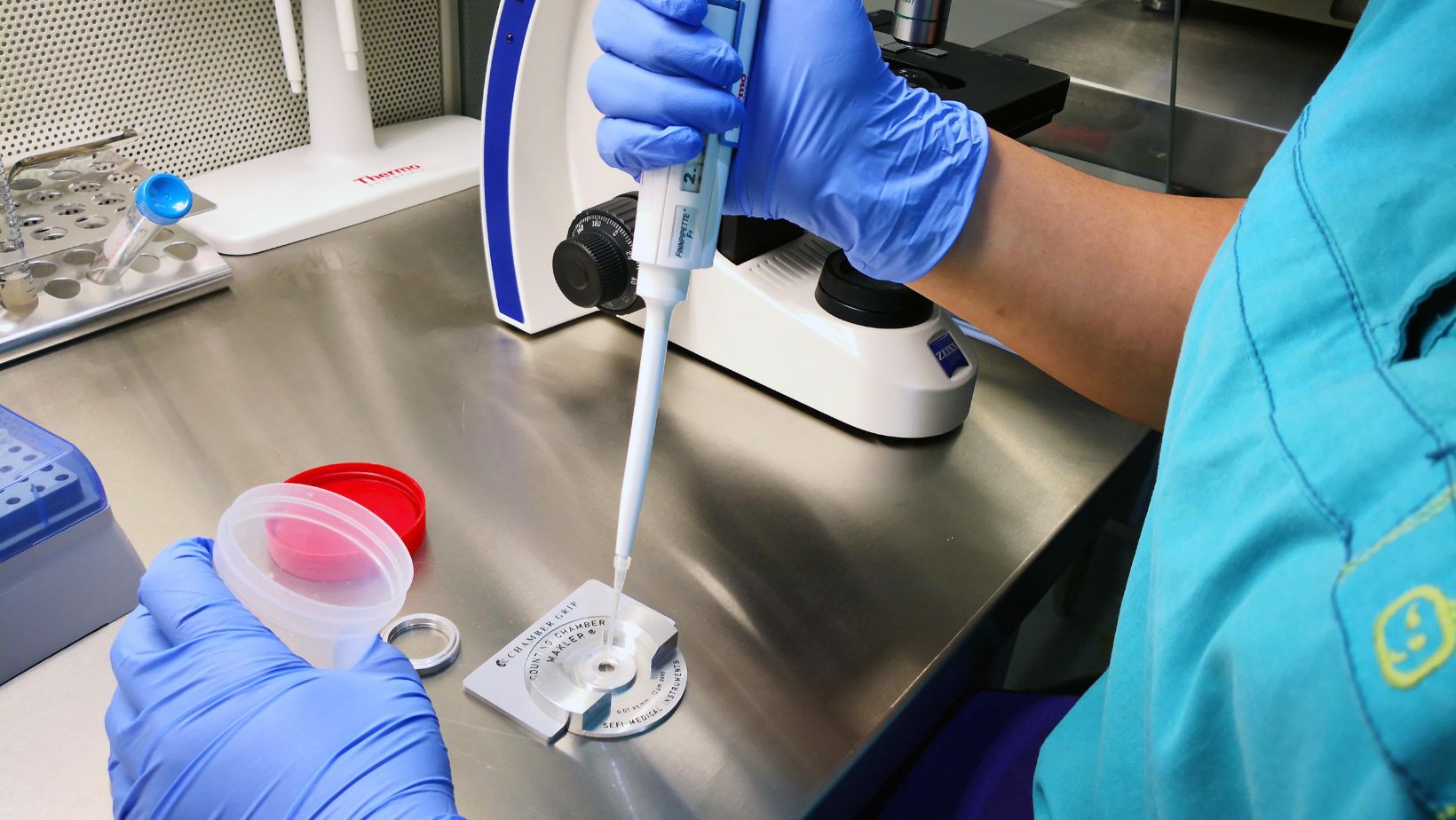Sperm Donor Databases With Photos: How They Are Arranged And What Future Parents Should Pay Attention To

The digital age has transformed the approach to sperm donation, making the process of selecting a donor more personalized and transparent. Today, many sperm banks offer sperm donors with photos, allowing prospective parents not only to assess medical parameters, but also visual characteristics. However, this practice is controversial due to ethics, privacy and psychological aspects.
How Are Sperm Donor Bases With Photos Organized?
Modern sperm banks create online platforms where detailed profiles of donors are placed. In addition to standard information (age, height, blood type, education, profession), many services include photos that help recipients visualize a possible resemblance to the future child.
Types of photos:
- Baby photos: Often used to minimize the risk of identifying an adult donor.
- Adult photos: Some banks (e.g. in the US) offer “open” programs where donors agree to reveal their identity when the child reaches 18 years of age.
- Anonymous images: Black and white photos or images with altered facial features to maintain privacy.
Search criteria
- Users can filter donors by:
- Appearance (hair color, eye color, body type).
- Education and professional accomplishments.
- Ethnicity
- Medical indicators (absence of genetic risks, blood type).
Why Is A Photo Important For Expectant Parents?
- Visual similarity: Many couples or single parents want to choose a donor whose facial features are similar to their own or their partner’s so that the child feels a genetic connection to the family.
- Emotional comfort: Being able to “see” the donor reduces anxiety and helps you make an informed decision.
- Predicting appearance: Some banks use AI algorithms that model the approximate appearance of the child based on the donor’s DNA.
Legal And Ethical Nuances
Anonymity vs. Openness:
- In countries like the US and Spain, it is common to have “open” donors whose photos and contacts can be accessed by the child after adulthood.
- In Germany, France and Sweden, donation is strictly anonymous: photos and personal data are prohibited.
Restrictions on publishing photos:
- It is up to donors to choose whether they are willing to provide their images.
- Sperm banks are obliged to comply with personal data protection laws (e.g. GDPR in the EU).
Risks of commercialization:
Critics note that the focus on appearance can turn donation into a “beauty market” where a person’s value is reduced to their phenotype rather than their health or personal qualities.

How Are Photo Donors Selected?
Donors who agree to publish their images undergo a multi-stage screening process:
- Medical screening: HIV, hepatitis and genetic tests.
- Psychological testing: Assessment of motivation and awareness of the decision.
- Photo Consent: Signing legal documents defining the terms of data disclosure.
Psychological Aspects For Families And Children
- For parents: Being able to select a donor based on photo creates an illusion of control, but can also increase pressure due to inflated expectations.
- For the child: Knowledge of the biological father’s appearance helps shape identity, but in some cases leads to a desire to find a donor in the future.
Tips For Expectant Parents
- Examine the bank’s privacy policy.
- Clarify when donor photos and data may be disclosed.
- Consult with reproductive specialists and lawyers to understand the legal risks.
- Consider not only the appearance but also the medical history of the donor.
Conclusion
Sperm donor databases with photos are a tool that combines the power of science with the individual needs of modern families.

However, their use requires a balanced approach: it is important to remember that behind each image is a person whose rights and feelings should be respected. Choosing a donor is not only a search for the “perfect” phenotype, but also a responsibility for the future of a child whose value is not determined by genes or appearance.




